Across city alleys, train embankments, and pocket parks, a quiet predator is reshaping the nightly balance of power. Urban foxes – red foxes in many regions, kit foxes and gray foxes in others – have learned to thrive where concrete meets crabgrass, and their presence is changing how rats and mice move, feed, and breed. The problem is familiar: surging rodent complaints, overflowing trash, and neighborhoods wrestling with costly, imperfect control methods.
The discovery is more surprising: in certain urban layouts, foxes appear to push rodents into hiding and may trim their numbers, acting as living, self-directed pest managers. That doesn’t mean a fox is a silver bullet, but it does mean cities have an overlooked ally pacing the midnight streets.
The Hidden Clues
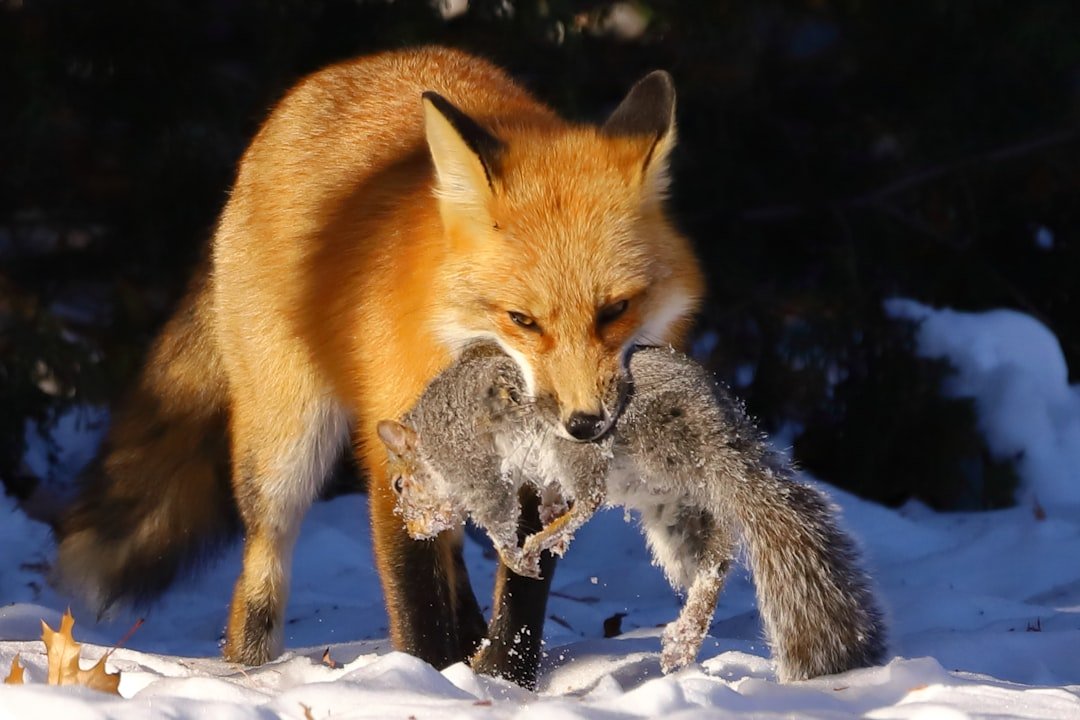
Watch a block where a fox patrols and you’ll notice small, telling signs – the way rats hesitate at open ground, the sudden hush around compost bins, the shifting paths worn through weedy lots. Predators don’t just remove prey; they also change behavior, creating a landscape of risk that makes rodents more cautious and less efficient at finding food. Researchers tracking GPS-collared foxes alongside motion-triggered cameras see rodent activity taper near regular fox routes, hinting at a fear effect layered on top of actual predation. That matters because rodent populations often explode on easy calories and safe cover, and taking away ease is half the job. I’ve walked alleys where rats used to zigzag with boldness, only to find them hugging shadows after a fox family took up residence.
How Cities Became Fox Country
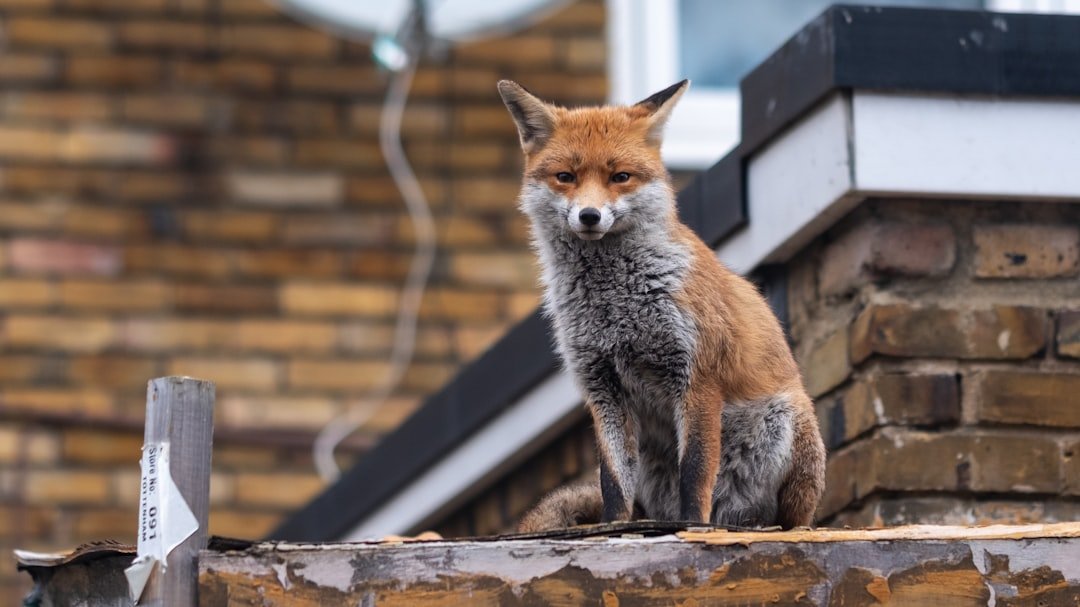
Foxes succeed in cities for a few very practical reasons: patchy green spaces, constant food spillover, and places to hide that mimic hedgerows and burrows. Rooftop gardens, railroad margins, and overgrown utility easements form a stitched quilt of habitat where an adaptable omnivore can raise kits and hunt. Add predictable waste streams – unlocked dumpsters, curbside bags, backyard chicken feed – and you’ve built a pantry at street level. Many cities once tried to exclude mid-sized predators, but nature slipped back in through the gaps, with foxes exploiting quiet hours and human routines. The urban fox story is not an accident; it’s a portrait of evolution’s opportunists meeting our messy abundance.
What the Data Shows
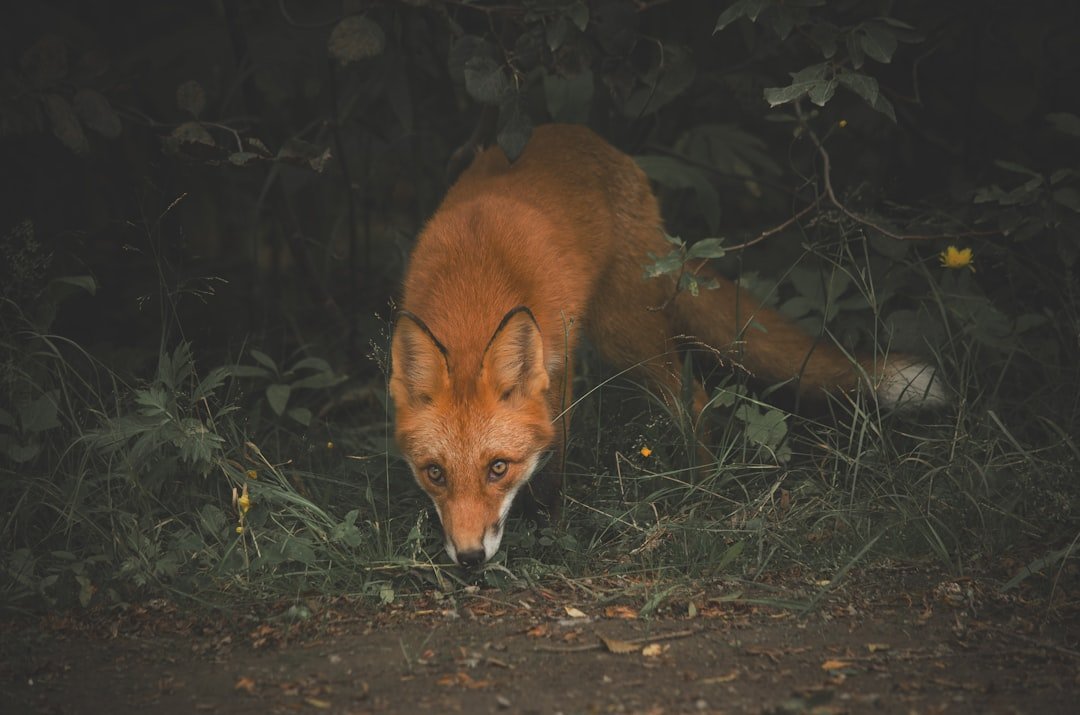
Diet studies routinely find that urban foxes are not picky eaters, mixing small mammals with insects, fruit, carrion, and the occasional human-provided snack. When rodents are plentiful, they appear prominently in scat analyses and stomach contents, which aligns with camera footage of nighttime hunts in alleys and vacant lots. Yet the impact on citywide rodent numbers isn’t uniform; it varies with housing density, trash management, and the availability of safe cover for prey. In neighborhoods with sealed bins and fewer hiding nooks, fox pressure seems to bite harder, correlating with fewer rat sightings and narrower active hours for mice. In more cluttered areas, prey can duck into a maze of cracks and fences, blunting the predator’s reach and turning the game into a slow chess match rather than a decisive sweep.
- Urban fox diets often include rodents but also a wide array of invertebrates and plant matter.
- Rodent activity tends to drop near regular fox travel corridors, suggesting a behavior-shaping risk effect.
- Neighborhood design – waste control, vegetation structure, and building gaps – strongly influences outcomes.
- Predation pressure works best when paired with sanitation and exclusion, not as a stand-alone fix.
From Ancient Tools to Modern Science
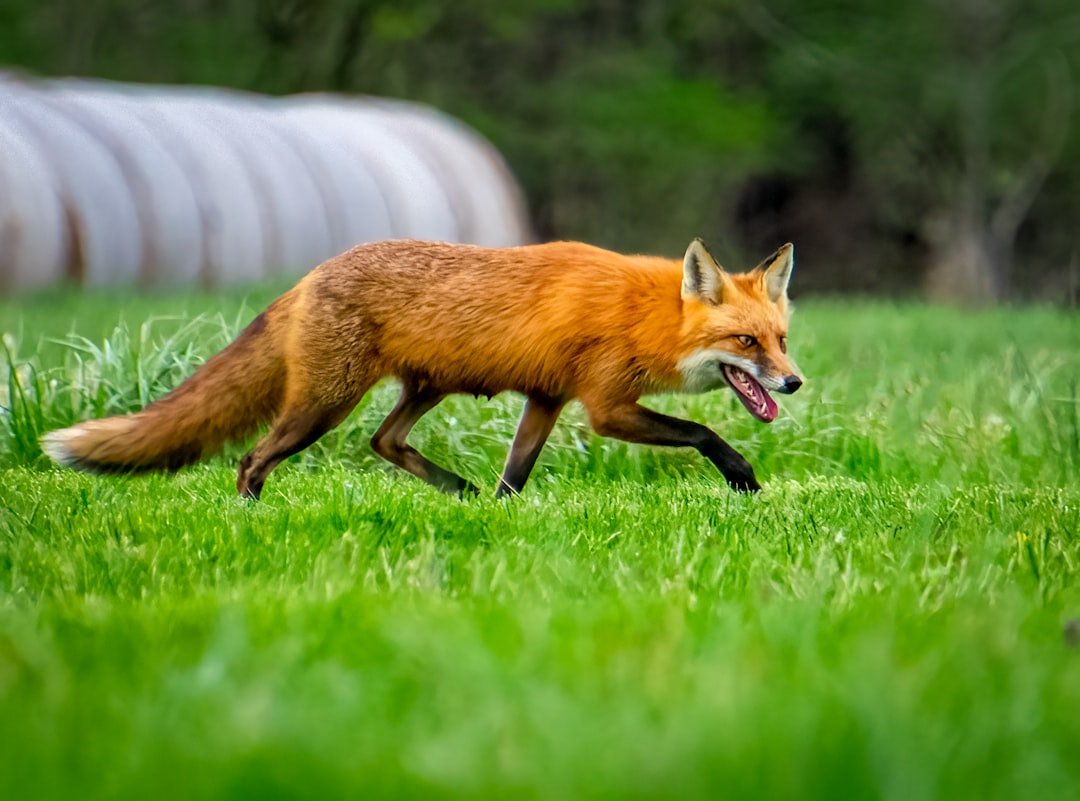
For centuries, humans leaned on traps, dogs, and later poisons to keep rodents in check, tools that work in bursts but falter when food is abundant and breeding is relentless. Today’s integrated pest management flips the script: make the city less of a buffet, shut the doors, and then let natural checks apply steady pressure. Foxes fit into this modern approach not as hired help, but as catalytic neighbors who raise the daily cost of being a rat. The science now layers GPS telemetry, environmental DNA in storm drains, and acoustic sensors that detect rodent gnawing patterns behind walls. Instead of guessing, cities can map hotspots, tighten sanitation where it matters, and measure whether fox patrols actually shift the needle in real time.
Why It Matters

Rodent infestations aren’t just unsettling; they erode public health, budgets, and trust in city services. Traditional rodenticides can create collateral damage, with predators and pets at risk from secondary poisoning, and rats sometimes bouncing back with startling speed once bait stations go dry. Foxes offer a different kind of pressure – persistent, behavior-shaping, and self-sustaining – especially when paired with sealed waste and smarter building standards. The point isn’t to romanticize a predator, but to recognize that messy urban ecosystems can be nudged toward balance using fewer chemicals and more design. When residents see fewer rats darting across sidewalks at dusk, that’s not just comfort; it’s a measure of resilience built into the city’s fabric.
Global Perspectives
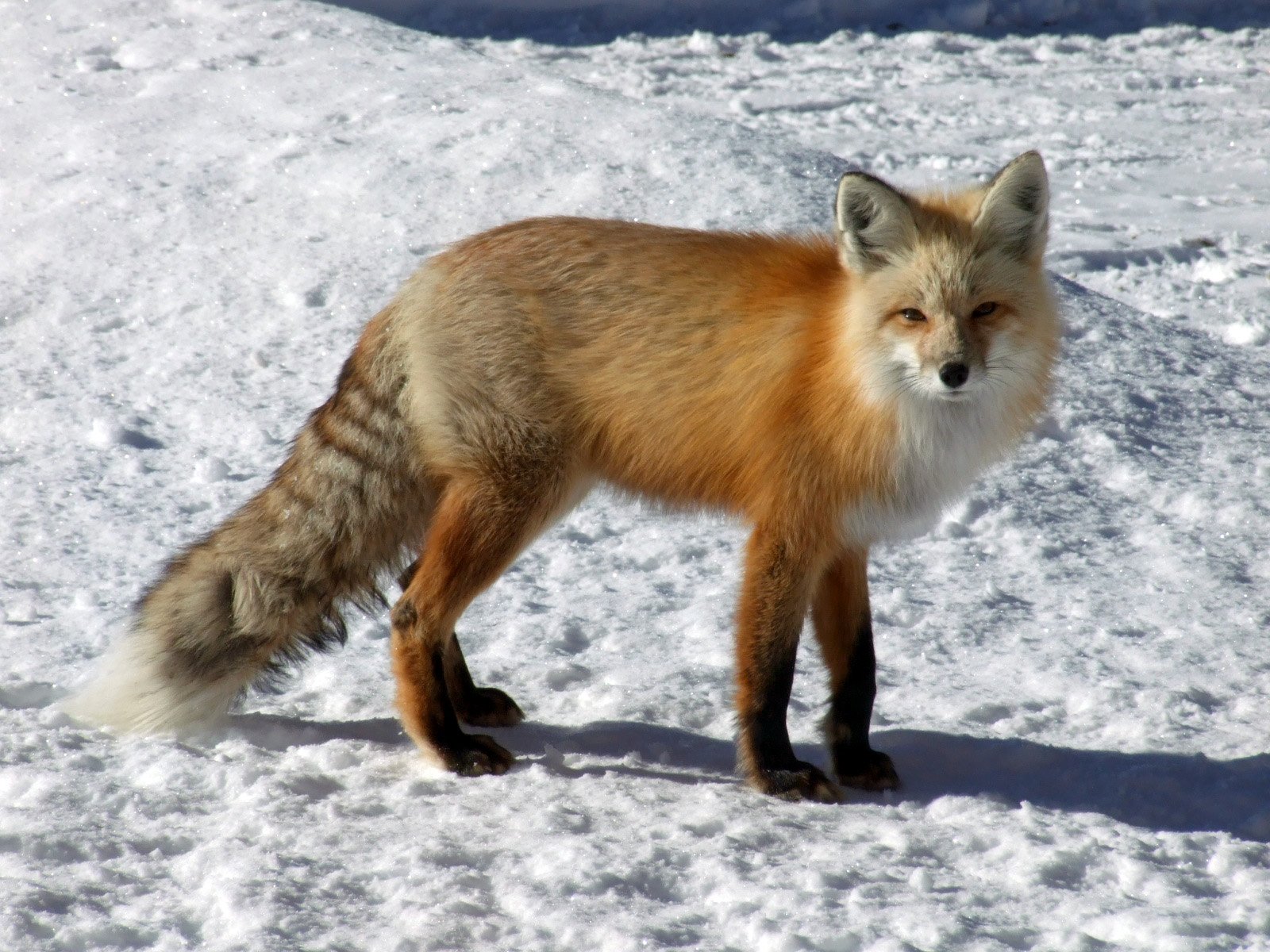
In parts of Europe, urban foxes are so familiar that sightings barely make the news, and studies there have shaped much of what we know about city ecology. North American cities present a twist: foxes share turf with coyotes, raccoons, and raptors, and their influence depends on who dominates the food web in a given neighborhood. In some Australian towns, foxes are controlled to protect native wildlife, raising difficult questions about when a predator is helper versus hazard. The patterns change, but the core insight holds: cities are ecosystems, and predator-prey dynamics can either work for us or against us. Smart policy adapts to local context rather than importing a one-size-fits-all wildlife script.
The Future Landscape
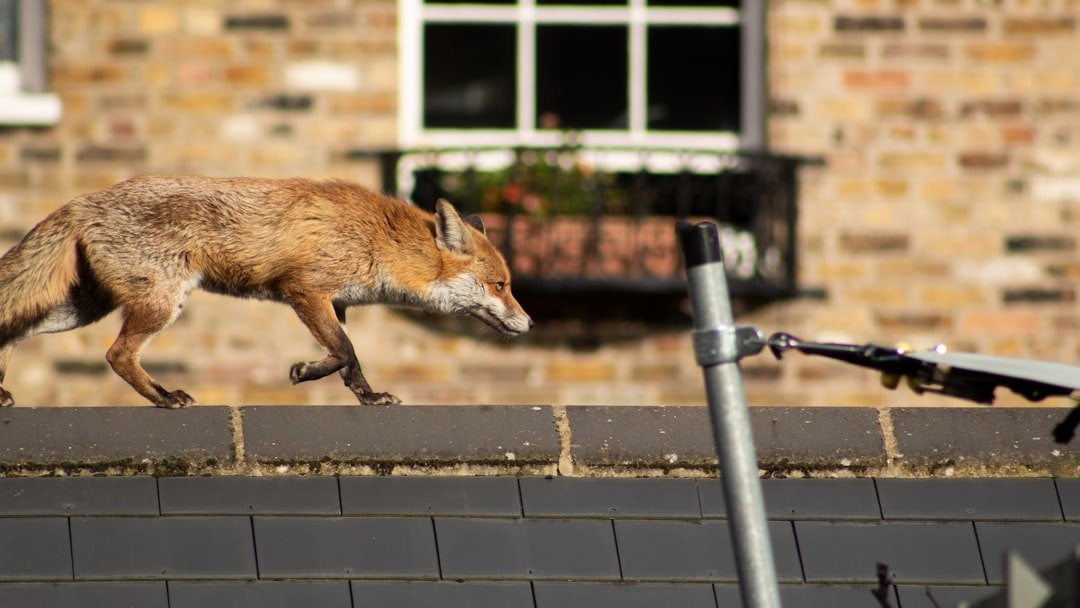
Urban pest control is entering an era of precision, with sensors in bins, camera traps trained by machine learning, and contraceptive baits designed to slow rodent fertility without ripple effects up the food chain. These tools don’t replace foxes; they create the conditions where a fox’s nightly patrol has outsized leverage. Expect city codes to evolve toward wildlife-safe design – latching lids by default, tightened building envelopes, and public works that remove rat cover while sustaining green corridors for native predators. The challenge will be balancing risk, because foxes can carry parasites, raid poultry coops, and occasionally clash with pets. Done well, tomorrow’s city weaves sanitation, technology, and natural predation into one steady, measurable program instead of a crisis-by-crisis scramble.
The Hidden Clues We Nearly Missed
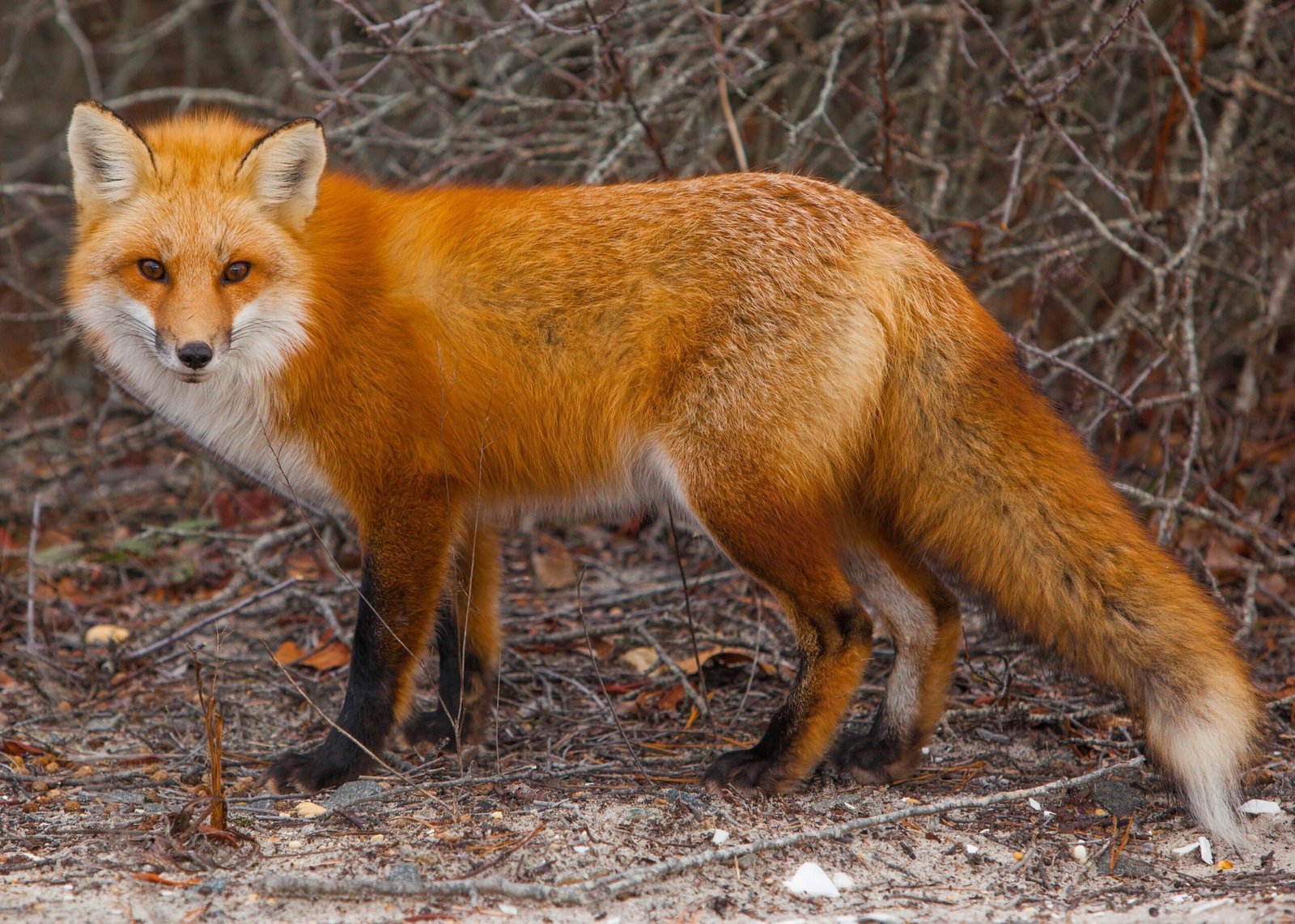
The most revealing evidence often came from small details: a shift in rat tracks after a fox den appeared nearby, or a sudden lull in late-night dumpster raids along a regular fox route. Those fragments add up to a broader picture where predators don’t need to be everywhere to matter; they need to be predictable enough to force rodents into risk-averse habits. You can think of it as a tax on reckless behavior, paid nightly in hesitation and lost calories.
That tax slows breeding, reduces visible activity, and buys time for sanitation crews and building managers to close the remaining gaps. The lesson is humbling and practical at once: ecological pressure, applied gently and persistently, can do what dramatic sweeps often can’t.
How You Can Help
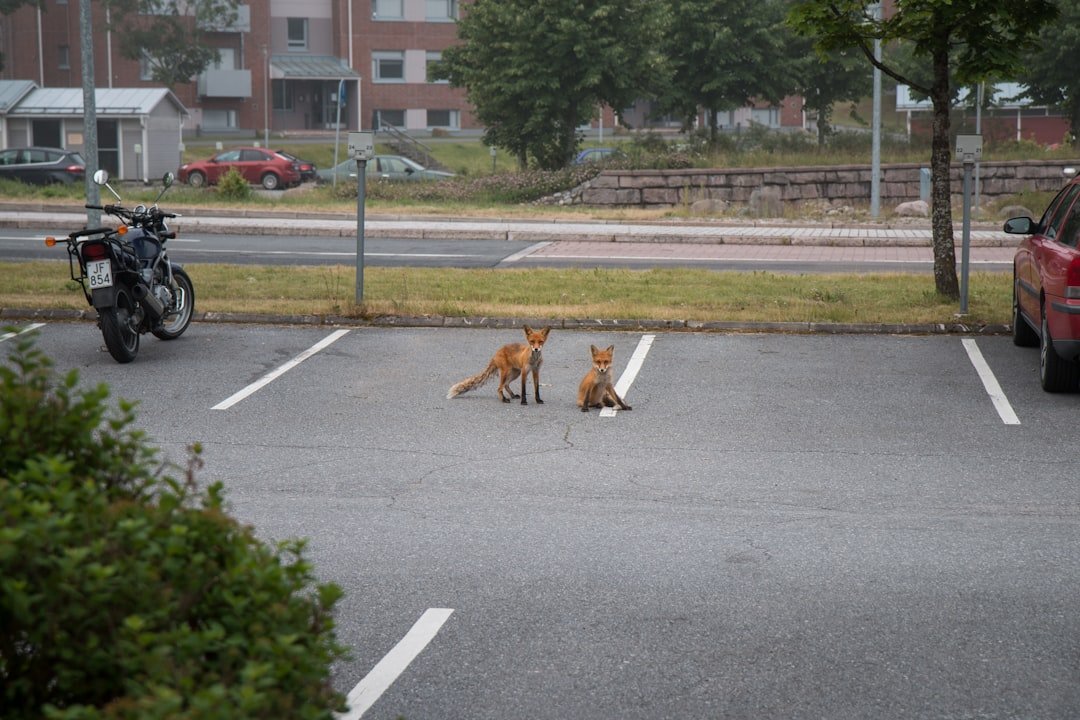
Cities work best when residents, businesses, and wildlife managers pull in the same direction, and small steps add up fast on the street level. Secure trash and compost with latching lids, store pet food indoors, and trim dense vegetation that gives rodents easy runways while keeping native plantings that support insect prey for foxes. If you keep backyard chickens, use sturdy enclosures and tidy feed stations to avoid drawing both rats and foxes into conflict. Report broken dumpsters and building gaps to city services so exclusion can keep pace with demand, and support community science projects that track urban predators and prey. Most of all, favor approaches that reduce poisons and build long-term resilience, because a cleaner, tighter block is where fox patrols make the biggest difference.

Suhail Ahmed is a passionate digital professional and nature enthusiast with over 8 years of experience in content strategy, SEO, web development, and digital operations. Alongside his freelance journey, Suhail actively contributes to nature and wildlife platforms like Discover Wildlife, where he channels his curiosity for the planet into engaging, educational storytelling.
With a strong background in managing digital ecosystems — from ecommerce stores and WordPress websites to social media and automation — Suhail merges technical precision with creative insight. His content reflects a rare balance: SEO-friendly yet deeply human, data-informed yet emotionally resonant.
Driven by a love for discovery and storytelling, Suhail believes in using digital platforms to amplify causes that matter — especially those protecting Earth’s biodiversity and inspiring sustainable living. Whether he’s managing online projects or crafting wildlife content, his goal remains the same: to inform, inspire, and leave a positive digital footprint.




